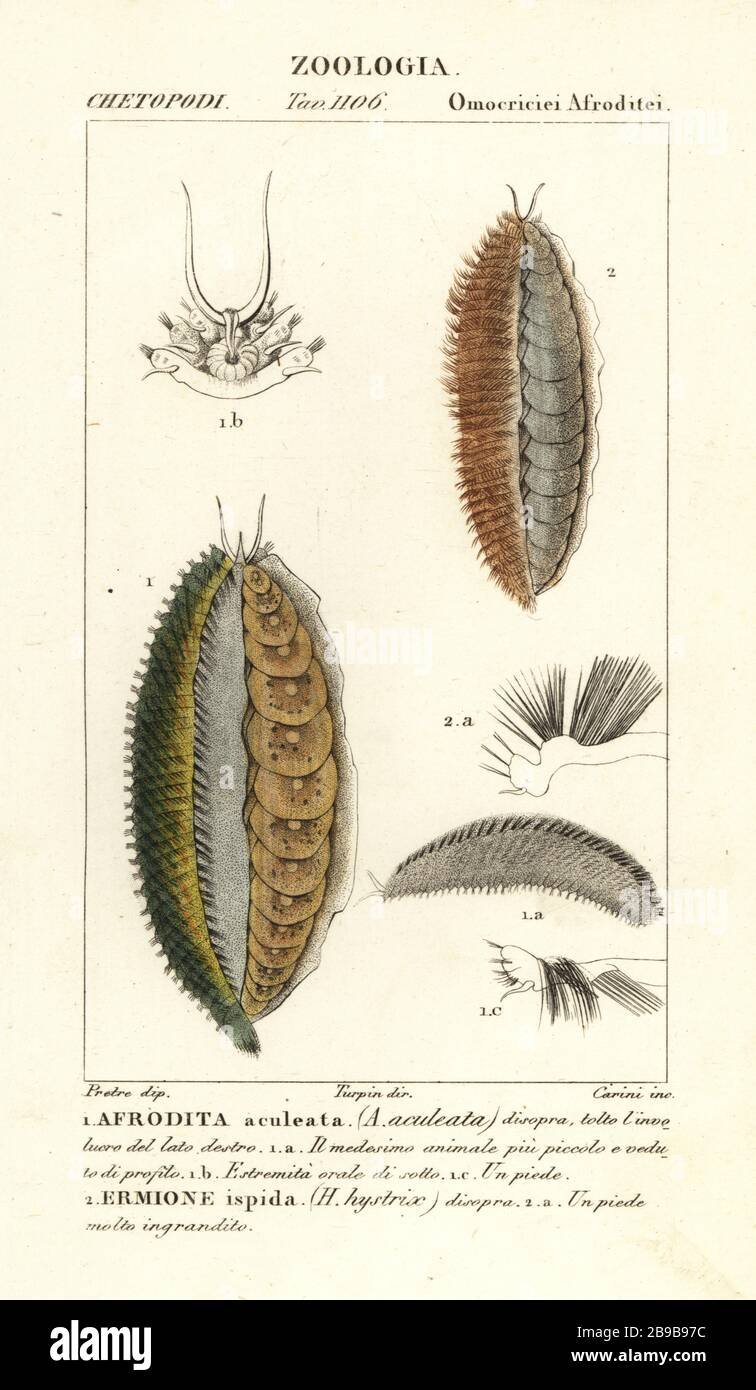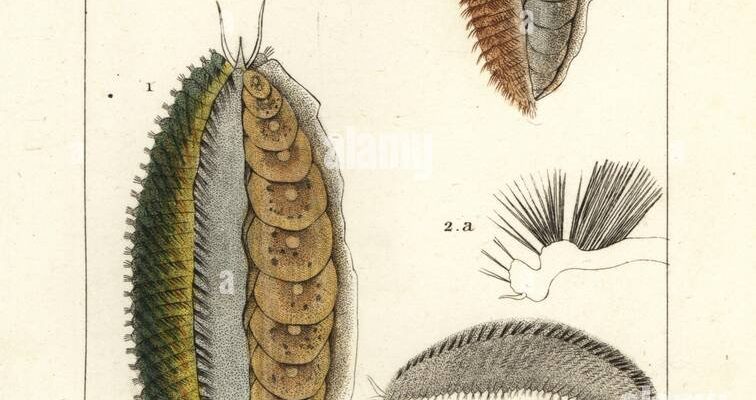
Aphrodite aculeata is known for its eye-catching colors and agile movements, but it’s not alone in this vibrant ecosystem. It shares its living space with a variety of other worm species, each adapted in different ways to survive and thrive in similar conditions. So, whether you’re a curious marine biology enthusiast or just someone who enjoys learning about the wonders of nature, this comparison is sure to shed light on the hidden lives of these remarkable underwater creatures.
What is Aphrodite Aculeata?
Aphrodite aculeata, commonly called the *sea mouse*, is a fascinating marine worm that can be found in sandy or muddy seabeds along the Atlantic Ocean and Mediterranean Sea. This worm is known for its unique appearance, with a flattened body covered in soft, bristly setae that give it a mouse-like look. The body can grow up to 15 centimeters long and often displays colors ranging from brown to vibrant red or green, making it a true gem of the ocean floor.
The *sea mouse* is not just a pretty face; it plays a crucial role in its ecosystem. As a scavenger, it feeds on organic matter, contributing to the overall health of the marine environment. The bristles, or setae, on its body also serve as a defense mechanism, deterring predators. So, next time you think of worms, imagine these colorful, spiky wonders wriggling along the ocean floor!
Habitat: Where Do They Live?
Aphrodite aculeata thrives in a variety of coastal habitats, typically found in sandy and muddy substrates. This habitat is rich in organic material, providing plenty of food for scavengers like the sea mouse. Its preference for these areas means it’s often found alongside other marine creatures, making the competition for resources quite interesting.
In contrast, other similar worm species, such as the *Nereis spp.* (commonly known as ragworms), also inhabit these sandy and muddy environments. However, ragworms are generally more flexible in their living conditions; they can also be found in brackish waters, which adds another layer of complexity to their survival strategies. While Aphrodite aculeata sticks to its preferred spots, ragworms can adapt and thrive in a broader range of habitats.
Physical Characteristics: How Do They Compare?
When you look at Aphrodite aculeata, the first thing you might notice is its distinct body shape and color. The soft, bristly texture gives it a unique appearance that sets it apart. In comparison, species like *Lumbricus terrestris*, commonly known as earthworms, have a more cylindrical shape and a smoother texture. The physical characteristics play a vital role in how these worms interact with their environment.
For instance, the bristles on Aphrodite aculeata allow it to absorb oxygen and nutrients more efficiently while also aiding in movement through the sediment. On the other hand, earthworms rely on their more streamlined bodies to burrow through soil, which is a very different skill set. This distinction highlights how adaptations can vary significantly even among similar species, depending on their habitats and survival needs.
Feeding Habits: What’s on the Menu?
Aphrodite aculeata is a scavenger, meaning it primarily feeds on decaying organic matter, algae, and small marine creatures. This diet is vital for the health of the ocean floor, as it helps break down and recycle nutrients. The worm uses its bristle-covered body to sense food in the sand and then consumes it using its mouthparts.
In contrast, other worm species, like the *Polychaetes*, often have more diverse feeding habits. Some are carnivorous and hunt for live prey, while others may graze on algae. The variety in diets among these worms reflects their adaptations to their specific environments. While Aphrodite aculeata is efficient at cleaning up organic debris, other species might be more suited for actively seeking out food, showcasing the fascinating dynamics of marine ecosystems.
Reproduction: What Happens Next?
Reproduction among marine worms can be just as diverse as their feeding habits. Aphrodite aculeata typically reproduces sexually, with males and females coming together during specific seasons to spawn. The female can produce thousands of eggs, which then develop into larvae before settling on the ocean floor.
However, other worm species like *Nereis spp.* employ a different strategy. They have the ability to reproduce both sexually and asexually, which provides them with flexibility in their reproductive methods. This ability can be advantageous in varying environmental conditions, allowing them to adapt their reproductive strategies based on available resources.
Ecological Impact: Why Should We Care?
Understanding the role of Aphrodite aculeata and its similar worm species is crucial for appreciating marine biodiversity. These worms contribute to nutrient cycling and habitat formation on the ocean floor. Their presence indicates a healthy marine ecosystem, as they help maintain the delicate balance of life under the waves.
When we compare these species, we also gain insight into how ecosystems function as a whole. For example, if one species were to decline or disappear, it could have a ripple effect on the entire habitat. By studying the interactions and differences between species like Aphrodite aculeata and others, we can better understand the importance of conserving marine environments.
Exploring the world of Aphrodite aculeata and its fellow worm species opens our eyes to the complexity and beauty of marine life. Each species, with its unique adaptations and roles, contributes to the larger ecosystem in ways we might not initially see. By appreciating these creatures, we gain a deeper understanding of the health of our oceans.
So, the next time you’re at the beach or reading about marine life, remember the sea mouse and its companions swirling in the sandy depths. They might be small, but their impact is mighty, reminding us just how interconnected all life really is.

